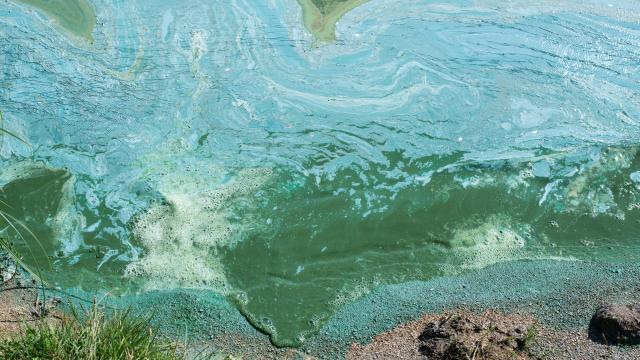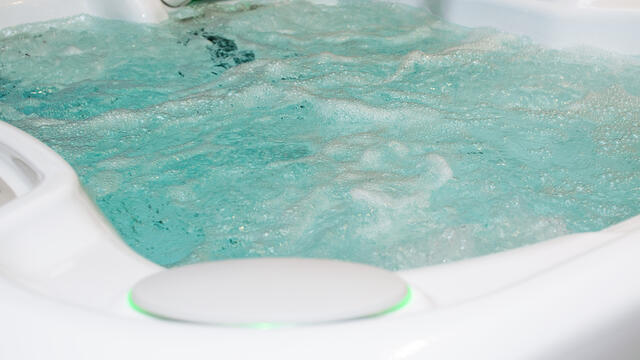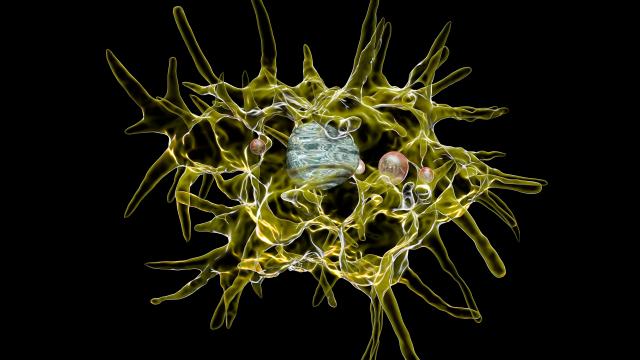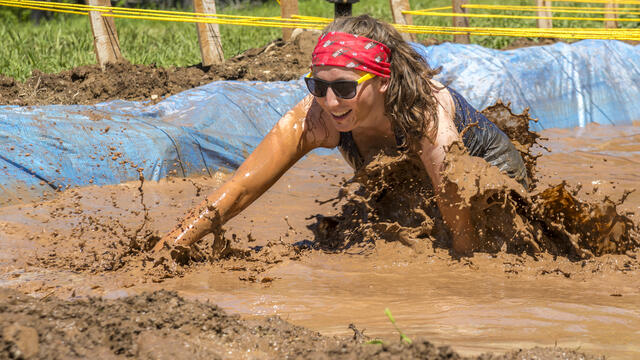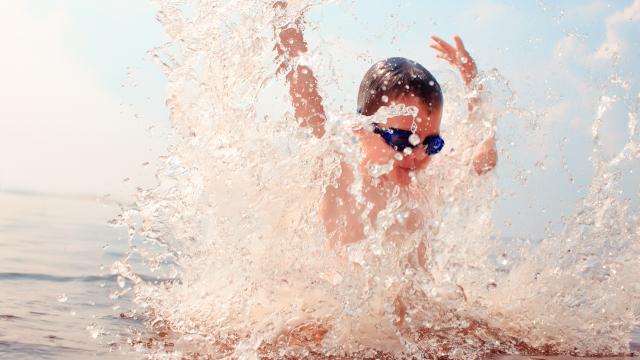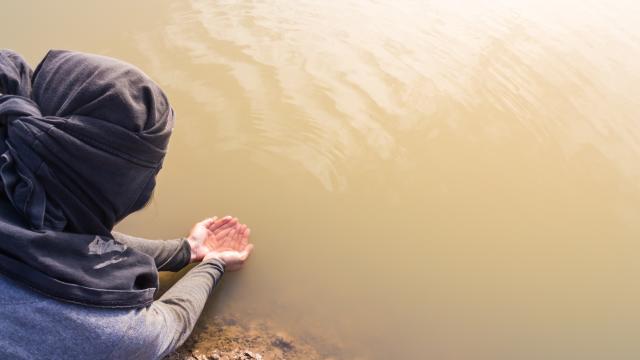Waterborne illnesses are caused by germs, chemicals, and toxins that can be found in the water we use. People can get sick by swallowing the water, breathing in small water droplets, or coming into contact with dirty water. Waterborne illnesses can come from swimming pools, hot tubs, water parks, water play areas, interactive fountains, lakes, rivers, oceans, swamps, muddy puddles, showers, and food that has been in contact with dirty water.
Looking for information on how to stay safe when swimming? Visit our Healthy Swimming page for more information.
The most common symptom of cryptosporidiosis is diarrhea that is usually watery and profuse, and often accompanied by abdominal cramping.
Giardiasis is a commonly reported cause of diarrhea in Wisconsin, with an average of 1,200-1,300 cases reported in Wisconsin each year.
Legionella bacteria are found in freshwater and moist environments. Legionella can become a public health problem in manmade water systems, where it can grow and spread.
We collect information about human and animal illness resulting from exposure to blue-green algae. If you get sick after swimming in a Wisconsin lake or river, report possible algae-related illness.
Vibriosis (non-cholera) is a disease the causes watery diarrhea. It is more common in the U.S. between May to October. People mostly get sick after eating raw or undercooked shellfish, particularly oysters.
Hot tub rash is an inflammation of the hair follicles caused by infection. It has been reported in people using hot tubs, whirlpools, saunas, swimming pools, waterslides, and physiotherapy pools.
Swimmer's itch is a skin rash caused by tiny parasites found in water. The parasite normally infects birds or mammals that live near water, but can sometimes find a human and cause an allergic reaction.
Every year, injuries from pool chemicals lead to emergency room visits. Pool chemicals can lead to injury when mixed together or when appropriate personal protective equipment is not used during handling.
There are certain types of free-living ameba (FLA) infection that can cause rare, but severe infections of the eye, skin, central nervous system (brain and spinal cord), or other parts of the body.
Leptospirosis is a disease spread by animals. Symptoms often include sudden onset of fever, chills, and headache. It may also include abdominal pain, vomiting, diarrhea, and skin rashes. Severe cases happen more commonly in older people and can result in death.
Primary Amebic Meningoencephalitis (PAM) is caused by a germ called Naegleria fowleri, sometimes called the "brain-eating ameba." People can get PAM when water with this ameba goes up the nose and into the brain. PAM is an emergency and can put your life in danger.
Cholera affects the intestines and causes diarrhea. Someone can get cholera after eating or drinking food or water that has the bacterium Vibrio cholera. About 1 in 10 people who get sick with cholera will become severely ill. Without proper treatment, cholera can cause death within a few hours.
Questions about waterborne illnesses? Contact us!
Phone: 608-267-9003 | Fax: 608-261-4976




